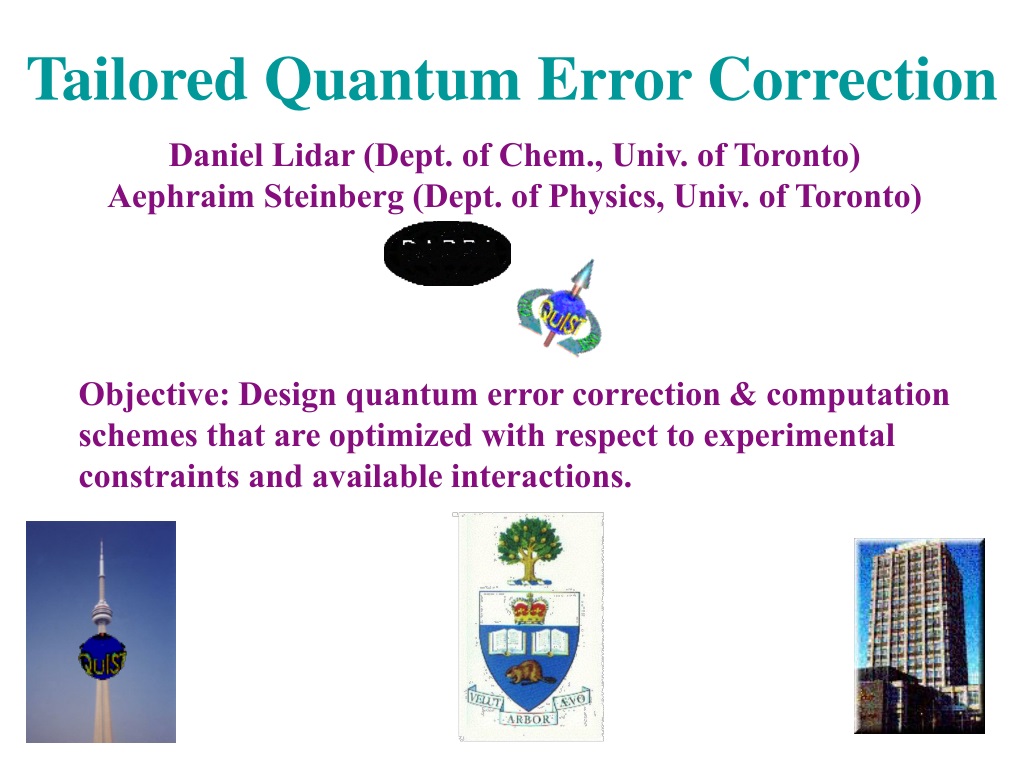
Quantum error correction and universal gate set operation on a binomial bosonic logical qubit. Extending the lifetime of a quantum bit with error correction in superconducting circuits. Repeated quantum error correction on a continuously encoded qubit by real-time feedback. State preservation by repetitive error detection in a superconducting quantum circuit. Quantum error correction in a solid-state hybrid spin register. Encoding a qubit in a trapped-ion mechanical oscillator.

Sequential modular position and momentum measurements of a trapped ion mechanical oscillator. Encoding qubits into oscillators with atomic ensembles and squeezed light. Encoding a qubit into a cavity mode in circuit QED using phase estimation. All-optical generation of states for “encoding a qubit in an oscillator”. Continuous variable encoding by ponderomotive interaction. Preparing encoded states in an oscillator. Foundations of Computer Science 56–65 (IEEE, 1996). Our protocol is applicable to other continuous-variable systems and, in contrast to previous implementations of QEC 10, 11, 12, 13, 14, can mitigate all logical errors generated by a wide variety of noise processes and facilitate fault-tolerant quantum computation. We demonstrate QEC of an encoded qubit with suppression of all logical errors, in quantitative agreement with a theoretical estimate based on the measured imperfections of the experiment. Here we experimentally prepare square and hexagonal GKP code states through a feedback protocol that incorporates non-destructive measurements that are implemented with a superconducting microwave cavity having the role of the oscillator. However, the implementation of measurements that reveal this noise-induced evolution of the oscillator while preserving the encoded information 3, 4, 5, 6, 7 has proved to be experimentally challenging, and the only realization reported so far relied on post-selection 8, 9, which is incompatible with QEC. In 2001, Gottesman, Kitaev and Preskill (GKP) proposed a hardware-efficient instance of such a non-local qubit: a superposition of position eigenstates that forms grid states of a single oscillator 2. Therefore, if a logical qubit is encoded non-locally, we can-for a limited time-detect and correct noise-induced evolution before it corrupts the encoded information 1. One method to achieve this is quantum error correction (QEC), which prevents noise in the underlying system from causing logical errors. This approach derives from the reasonable assumption that noise is local, that is, it does not act in a coordinated way on different parts of the physical system. The accuracy of logical operations on quantum bits (qubits) must be improved for quantum computers to outperform classical ones in useful tasks.


 0 kommentar(er)
0 kommentar(er)
